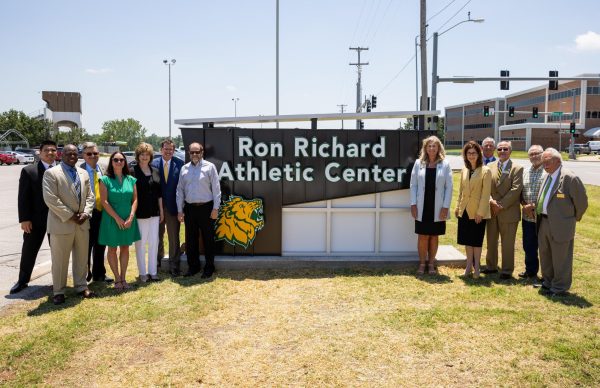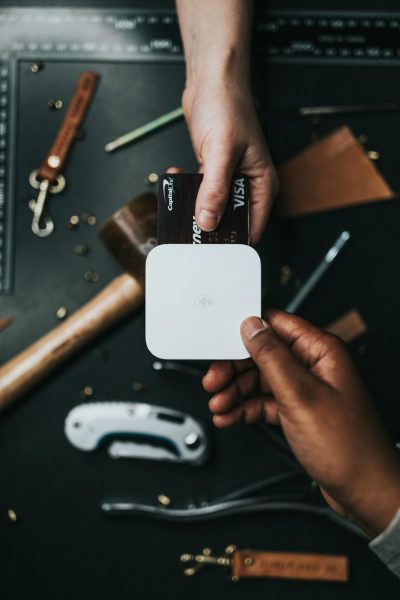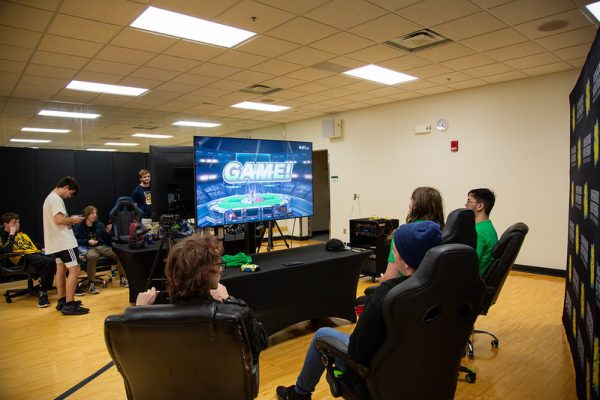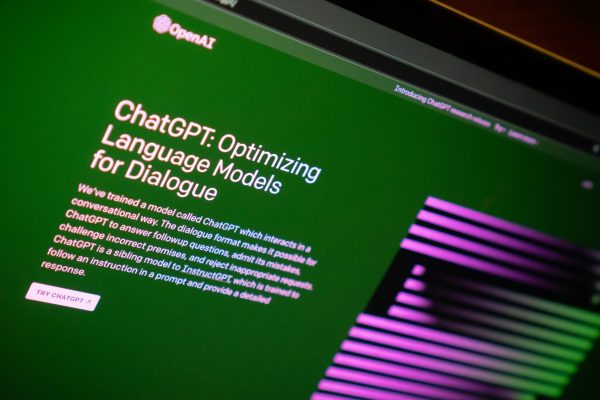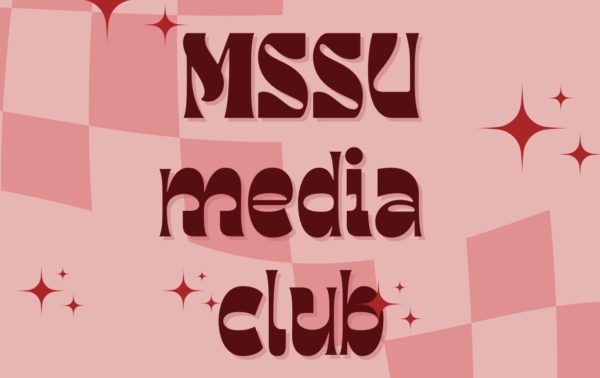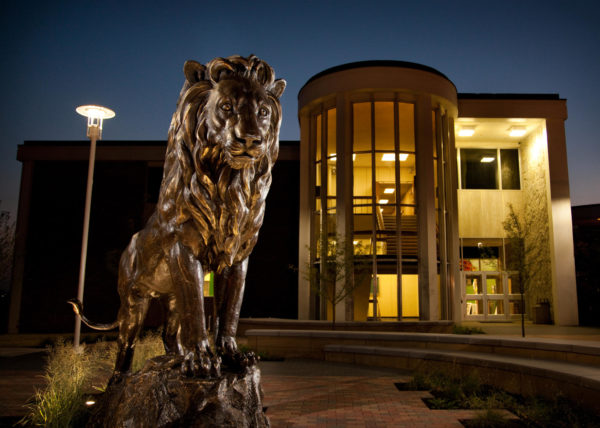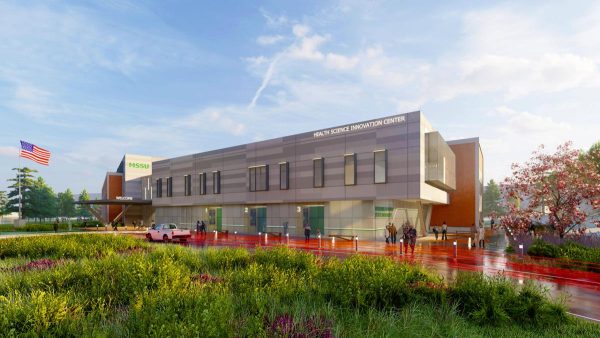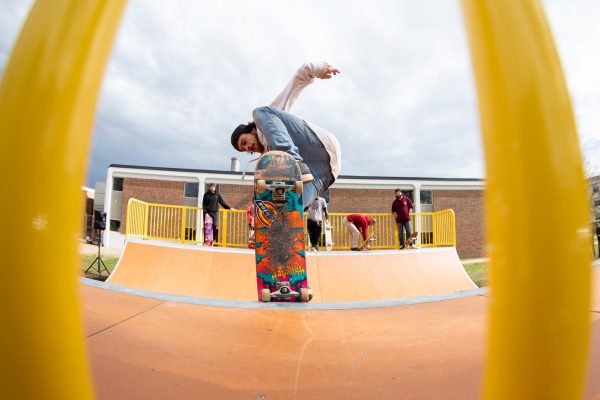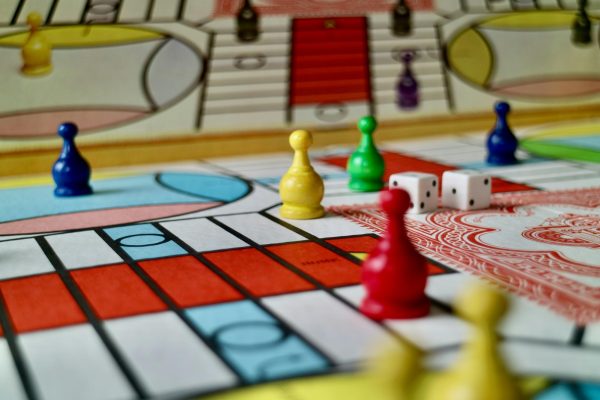Campus interaction is crucial
With at least 10 buildings housing multiple departments and programs, Missouri Southern is rich in academic divisions. Its clubs and organizations focus on a plethora of subjects.
In this environment teeming with organizations, with few exceptions there seems to be little interaction throughout different departments.
While campus events are open to students and faculties from every concentration, there could be deeper inclusion throughout campus.
Students typically take classes within each department to cover core courses, and most tend to stay within the building relating to their own majors and minors. Only a few branch out to departments for involvement in clubs and organizations.
Next week, the Literature Lives program focuses on Robinson Crusoebegins. It provides a variety of activities all centered around the different cultural aspects of Daniel Defoe’s “Robinson Crusoe.”
The week’s focus allows participants to not only absorb information about the work of literature, but it also emphasizes how different subjects interact with the text.
The Literature Lives initiative brings together all of the disciplines, so connections may be made through art, history, geography, anthropology, economics, communication and more.
As great as this focus is, it is only one of the many examples of how students and faculty could connect within the various academic departments.
As students learn about subjects outside of their academic circle they gain a greater sphere of knowledge concerning a variety of subjects. It helps them learn how to talk about issues and things with greater knowledge and depth.
Working with subjects outside of selected majors and minors, students can also discover new passions and make new friends. It also allows them to begin to think about life beyond the walls of Missouri Southern.
Collaboration across campus create a wide range of connections which benefit not only Southern, but also the surrounding community.
Your donation will support the student journalists of Missouri Southern State University. Your contribution will allow us to purchase equipment and cover our annual website hosting costs.



















